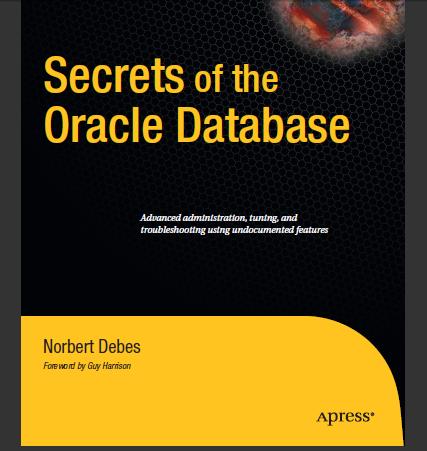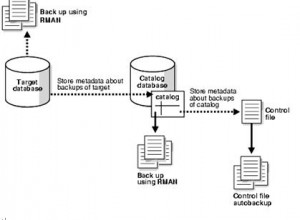万众期待的11g r2终于掀开了盖头来,作为先行军,linux平台无疑可以让最多专家和用户更好最广泛的测试新版本。
oracle甚至为其使用了独立的域名:www.oracledatabase11g.com,针对新产品使用独立域名的作为并不多见,而该域名目前的pr 值 及 alex排名均甚低。究其根本 可能是一种潮流,类似暴雪的游戏产品均拥有自己独立的域名, 我们可以猜想今后会出现 oracledatabase12[X].com 和 oracledatabase13[X].com。下为11g主页的横幅flash。
在《Oracle announces availability of Oracle Database 11g Release 2》中,Oracle展开了一贯的忽悠伎俩,提出了以下优势:更成熟的网格计算帮助企业减少成本,节约存储成本,更少的无用冗余,自动调优与扩展性(更强大的awr和memeory auto tuning )。
以上优势当然是我们希望的,但现实往往是残酷的。 看到11g 逐渐成熟 走向 更广泛的运用, 则DBA本身需要掌握的 新特性 ,以及 新版本中不同的 “古怪脾性” ,相信有机会一一体验。。。。


